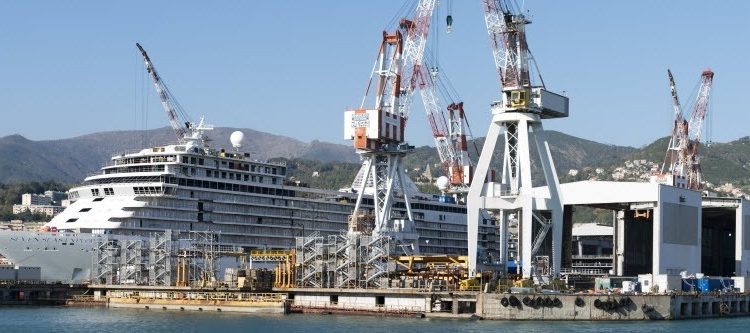Smart Cabins equipped with environmental sensors and wearable devices to receive customized services and applications on board cruise ships. Automatic drones to be used in the event of a man at sea. A system to increase safety on board. Integrated models to recover energy from waste produced on board. These are some of the topics covered in the six multidisciplinary research projects presented by Fincantieri and the CNR– National Research Council – in the area of financing for innovation in the naval field of the Ministry of Infrastructure and Transport.
Not only more orders for cruise ships: the challenge for shipbuilding is closely linked to technological innovations.
The project is part of Fincantieri’s Open Innovation strategy, in which the National Research Council is a hub of innovation. The program involves, at this stage, nine institutes of the Department of Engineering, ICT and Energy and Transport Technologies (CNR-DIITET), one of the Department of Chemical Sciences and Material Technologies (CNR-DSCTM) and the universities of Genoa, Trieste and Rome La Sapienza.
Fincantieri and CNR have made it known, with a note, that “The results obtained with the projects respond to the requests recently expressed by the owners for the new cruise prototypes present in Fincantieri’s order book.” In 2018 the research and development activities launched by the Group involved an investment of 122 million euro, equal to 2.2% of consolidated revenues. The DIITET in 2018 has developed the largest portfolio of CNR projects, for a total of about 70 million euros.
Naval innovation is proceeding at a rapid pace and is a sector in which there is still ample room for improvement.
Among the initiatives proposed in this area, there is also a preliminary design of the plants and the electricity grid of a ship with energy partially supplied by a fuel cell plant; moreover, work is carried out on software and calculation models to evaluate systems for energy efficiency of the ship, and also on a system of mixed reality, virtual casting and control systems integrated with steering and propulsion systems, to provide support information for the decisions made on the bridge officers’ glasses .
